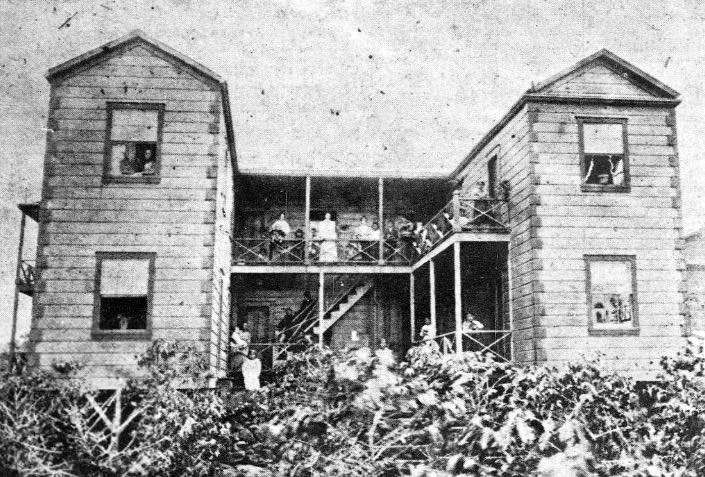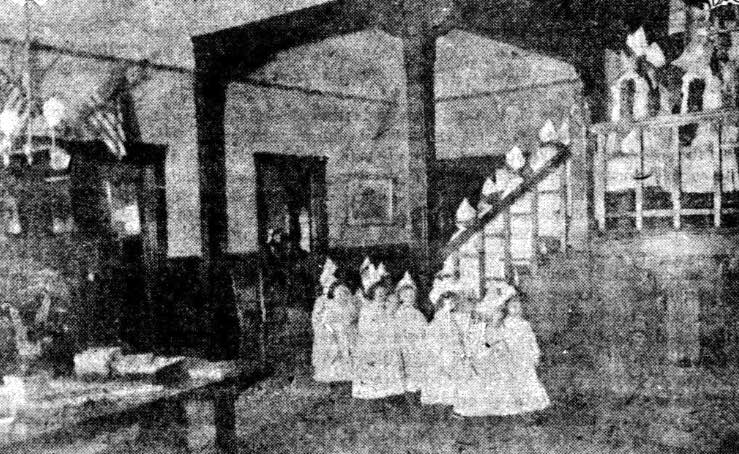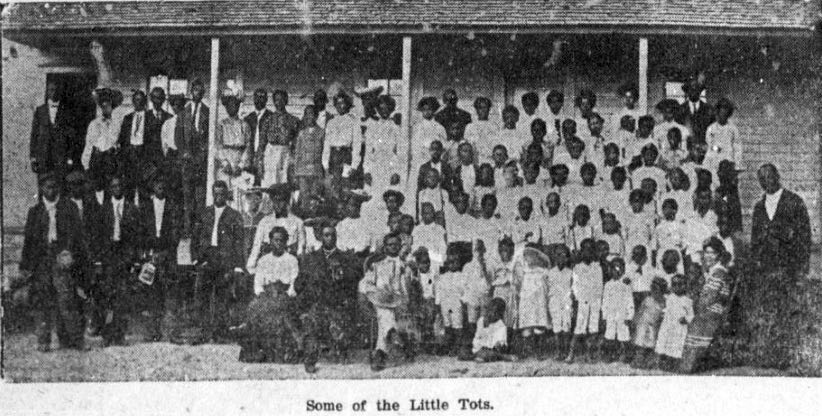
In the late 1800s and early 1900s, running an orphanage was often a big business. People of wealth would help fund the orphanages. Sometimes the orphans were put to work, without pay, to earn money for the person running the orphanage. Orphans were sometimes abused, neglected, and in a few cases they were killed off.
This is not to say that all orphanages were bad. Quite the opposite. There were many orphanages open at that time where the orphans were provided with fresh food, clean clothes, and a good education. However, a few bad apples can easily spoil the rest of the barrel.

Vaccination Testing
Untested vaccination drugs tried out on abandoned babies and children? It sounds like the theme of a horror movie, but it did happen. In 1910, a report came out that the Blockley Hospital for Orphan Children, run by the Sisters of St. Vincent de Paul, was allowing doctors to test drugs out on babies and children.
Two of the physicians who were testing on babies were inoculating the infants with a previously untested measles vaccination that resulted in death or blindness.
In another testing, tuberculin was put into the eyes of children, applied as an ointment on their skin, and used as an injection. The investigation into the human drug trials discovered that 95 percent of the babies and children tested on died as a result of the testing – a total of 160 deaths. The men who committed these atrocious human experiments resigned and the Sisters were branded as innocent of all wrong doing. No criminal charges seem to have been filed. [Source]

Severe Head Lice
Imagine having head lice so severe that a comb cannot be worked through your hair. That was one of the many abuses brought up about an orphanage called the Christian Home.
In 1886, an investigation was looking into the accusations made against the Christian Home. One of the most disturbing accounts came from a woman who lived near the home.
“[Mrs. Gilbert] related how she had undertaken to clean out the vermin and lice on the children’s heads. One boy with sores all over his head, had his head covered with lice. It could not be combed, so she smeared it over with carbolic salve.”
The woman also discovered that none of the children in the home’s care had combs for their hair. To make matters even worse, it came out during the investigation that the children were bathed about once every two weeks. [Source]
Unpaid Work
Education should have been the number one goal set for children placed within orphanages. It would have opened up a world to them that they might not have otherwise had access to and it would have gone a long way towards ensuring that the children would never endure the extreme poverty many of their parents succumbed to.
While there were numerous good orphanages that set about teaching their children trades, some orphanages kept the children out of school and put them to work instead.
In 1919, the Greer Home was being investigated for keeping its children out of school and forcing kids to work at the Greer Bakery. With eight orphaned children put to work, the bakery made 4,000 cakes a month, with an even higher output during the Christmas season. None of the children were paid for their hard work.
A teacher giving testimony to the absences also noted that these children appeared to be malnourished. A cat-o’-nine-tails was also admitted into evidence for being used on the children who were forced to work in the bakery. [Source]
Made Into Beggars
In 1893, newspapers in the U.S. broke out in a tither over an orphan scandal in Italy. A woman who identified herself as Sister Giuseppina founded the Order of Maria Santissima deila Consolata, an orphanage.
According to the reports, “she obtained large sums of money from philanthropists, bought an old barracks and filled it with orphans. She then turned the institution into a begging enterprise.
Every day, hot or cold, wet or dry, she compelled all the orphans to tramp the streets and beg for money. She deposited nearly all the money in her bank account, reserving hardly a dollar a day for the food and clothes of the orphans. The children were starved and beaten so persistently that one in every ten died after a few months in the institution.”
Business was good for the Sister and she hired in more Sister accomplices to help her run her enterprise. She opened a second shelter for orphans in Milan, hoping that she would one day save enough money to become a millionaire. After opening up a third orphan shelter, quarrels and infighting started up in her enterprise. She was betrayed by the other Sisters and turned over to the authorities for her crimes. [Source]

Beaten for Failure to Learn
Not all kids learn the same way, a fact not fully understood back in 1921.
In Illinois there was a case brought to trial where a 10-year-old boy was beaten by the Reverend Adolph Mysch. The only “crime” committed by the boy was that he was having difficulty learning German.
The reverend became frustrated and beat the boy. One newspaper article stated that the Reverend would be facing trial for assault and battery. Sadly enough, this is not the only case in the past where an orphan was used as a punching bag. [Source]

